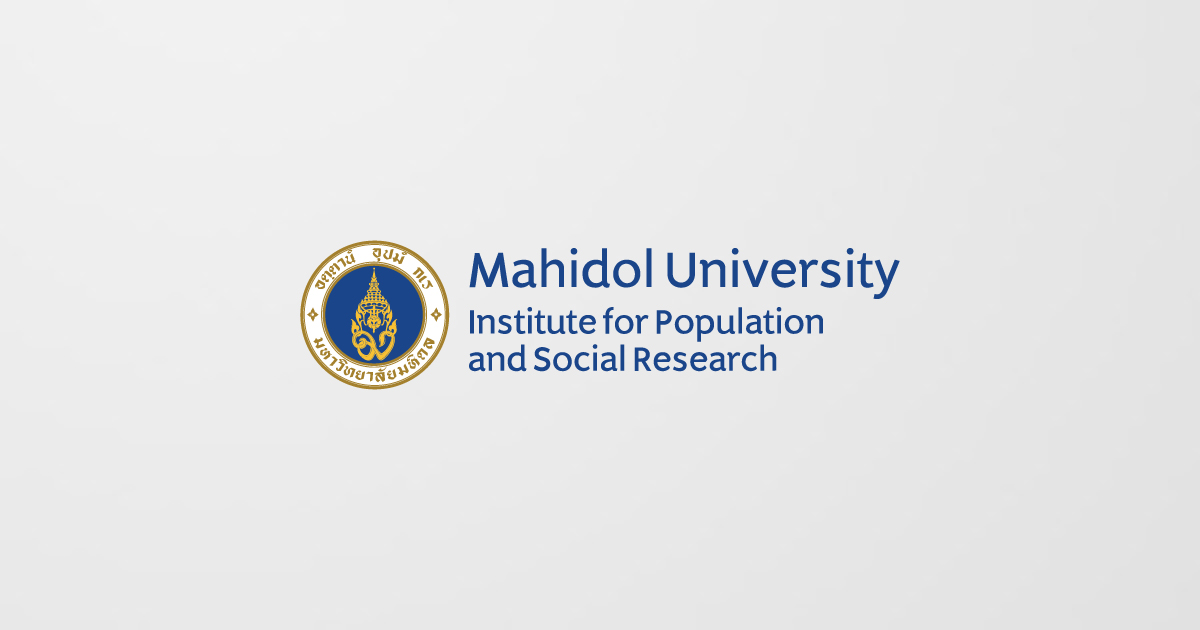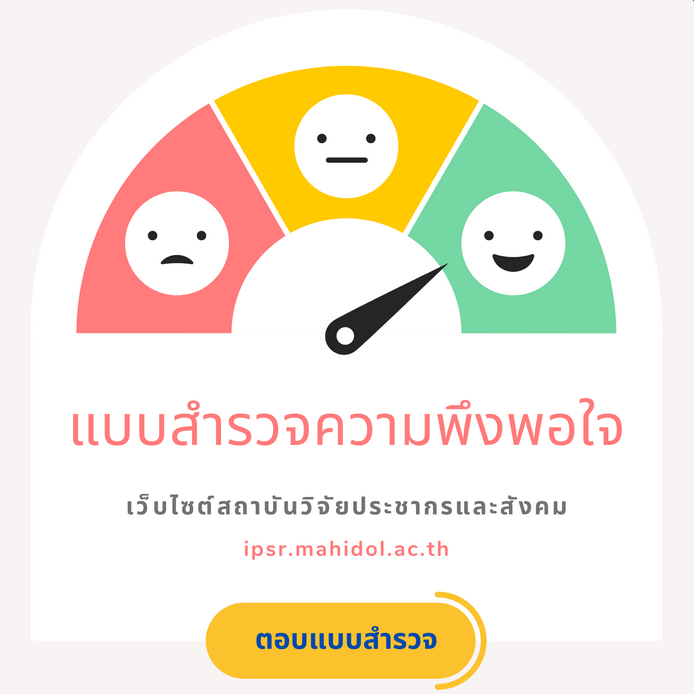Abstract
Higher proportion of elderly in developing countries live with poor health due to inequality in healthcare access. Developing countries contain almost 80% elderly where healthcare delivery system are already verburdened(Shetty, 2012). On the other hand, disease burden among elderly and the cause of nequalities in accessing healthcare arise from social determinants of health which includes mostly socio-economic, demographic, political and cultural factors (Boutayeb & Boutayeb, 2005; Song et al., 2013; WHO, 2011). Evidences shows that technology such as mobile phone has proven potential to limit this inequality as a bridge between under-privileged rural elderly and their access to specialty healthcare (Algilani, Langius‐Eklöf, Kihlgren, & lomberg,2017; Bashshur, 1975; Bashshur & Lovett, 1977; Nundy et al., 2014). Several studies found mobile phone as a communication tool that improve access to specialized health providers, increases service delivery outcomes, reduces costs that leads to patient satisfaction (EE, Farr, & Ben Raimer, 2011; Whitten, Cook, & Cornacchione, 2011). Moreover, American Hospital Association (AHA) endorsed the role of mobile phone (E.g. telehealth or mHealth) on increasing access to healthcare as it connects the patients with prime healthcare services through telephonic communications, videoconferencing, online appointments and consultations, and remote monitoring(AHA, 2016). We already witnessed the value of technological platform in the field of academic, business, official and in health service delivery during the covid-19 pandemic situation. Unfortunately, most of the studies on technology and health access are small, mostly worked with process indicator rather than patient outcomes, or on users’ attitude and focused mostly on urban and young people(Blaya, Fraser, & Holt, 2010). As an emerging sector in developing countries, this has become an urgent need for numerical evidence on impacts of technology (such as mobile phone) on accessing healthcare for elderly in order to guide the investment of resources in such systems. I will conduct a numerical analysis on a national representative “Health and Morbidity Status Survey 2014” data in Bangladesh and will assess the impact of having technology in household on accessing healthcare among rural elderly. Among people aged 60 and older from the survey I will use Penchansky’s healthcare access theory and its status on having technology and healthcare access among rural elderly. Multilevel analysis will be performed in order to estimate client’s odds ratios for accessing healthcare based on having access to technology and that will be adjusted for Penchansky’s theory of healthcare access and other covariates.
July 22, 2020

